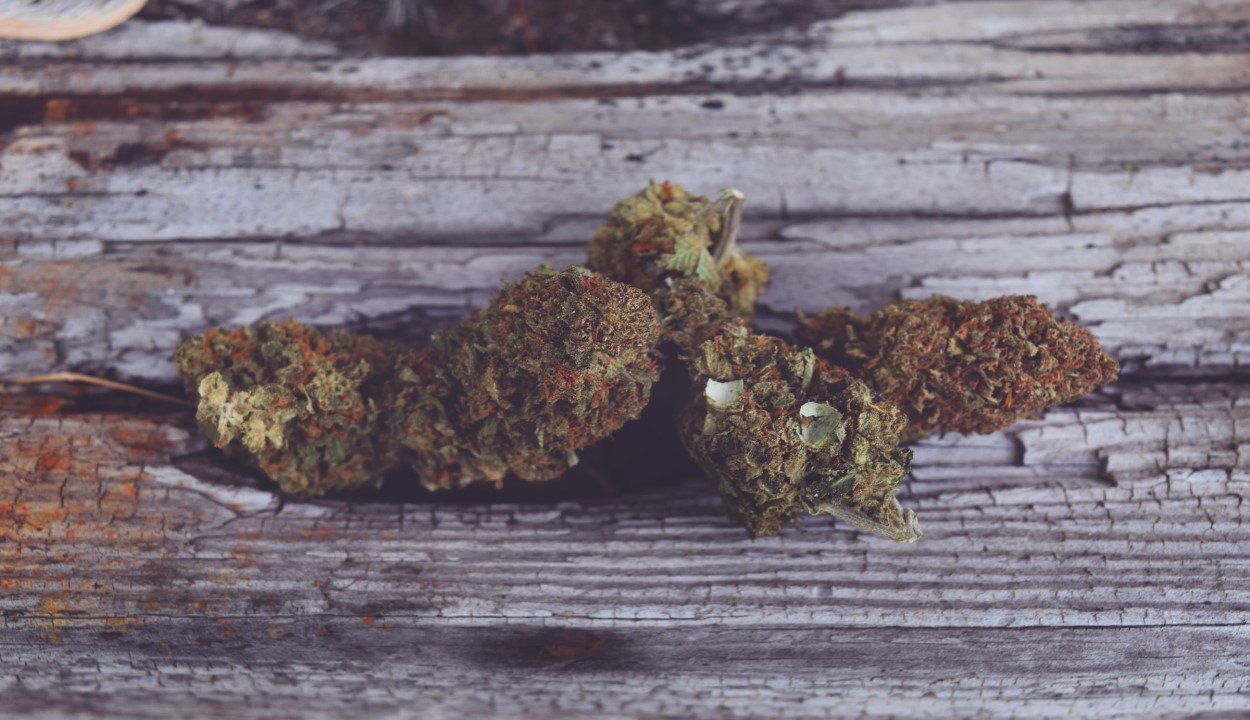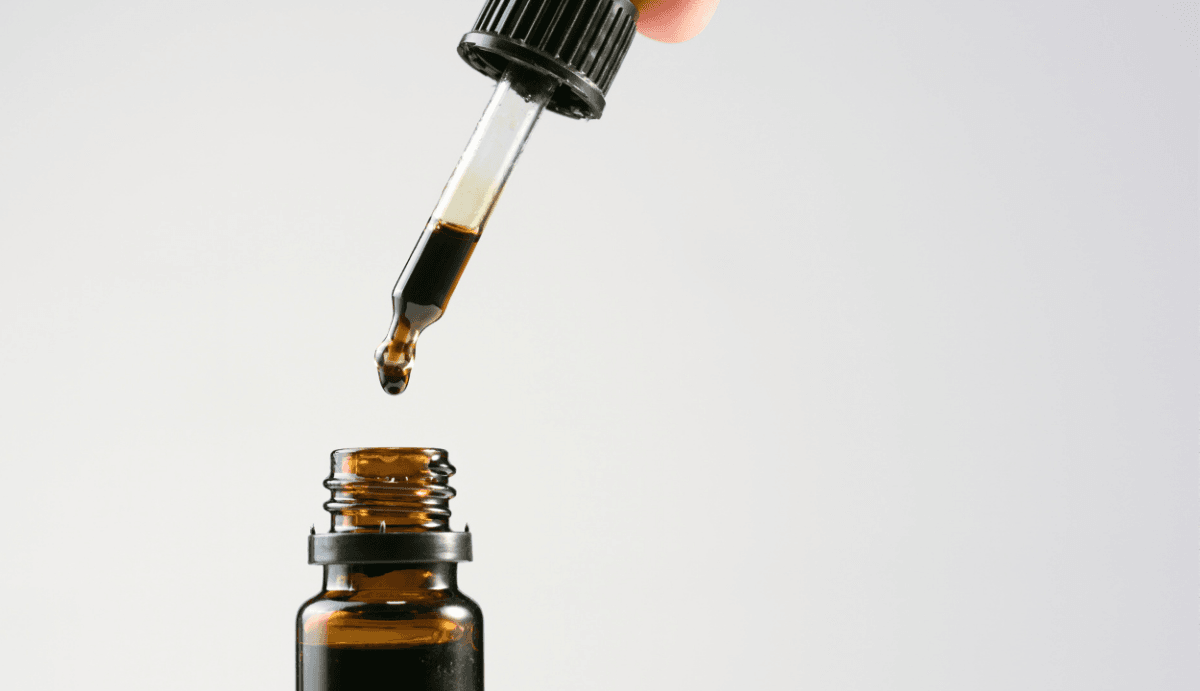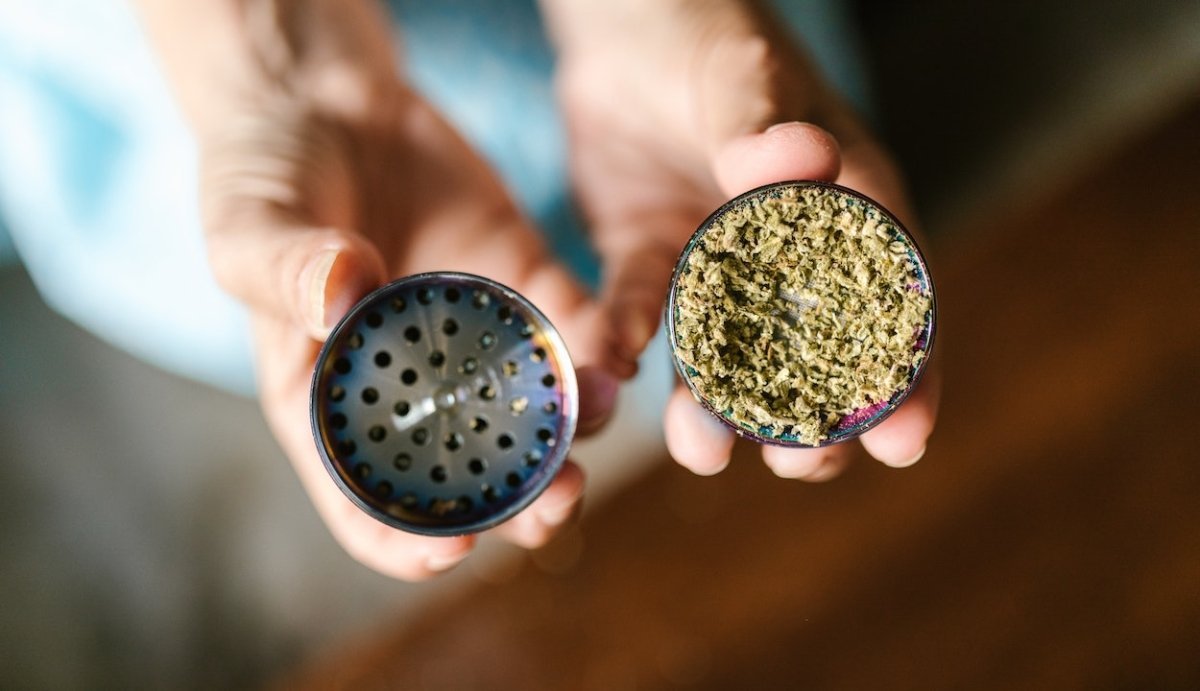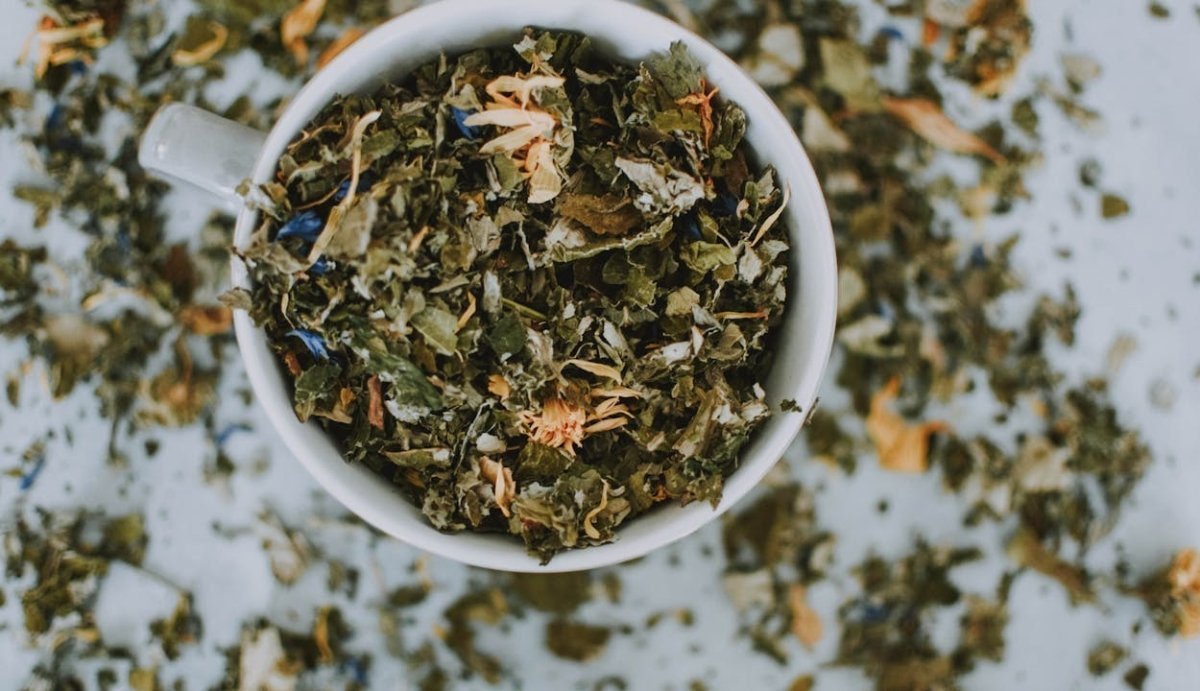Your Cart is Empty
FREE SHIPPING ON ALL ORDERS $75+
CBG, short for "Cannabigerol," is one of over 100 cannabinoids found in the cannabis plant. Despite existing in concentrations of less than 1% in most strains, this small cannabinoid has been gaining big attention.
Because of its low concentration, CBG is frequently described as a “minor cannabinoid,” relative to “major cannabinoids” like THC and CBD, which can be found in concentrations as high as 20%.
Much like these major cannabinoids, CBG can be found in the leaves and stems of cannabis plants, but is most concentrated in the trichomes (hair-like structures) found on the plant’s flowers.
Recently, seed geneticists have focused their efforts on creating cannabis strains with higher CBG concentrations, enabling consumers to have more consistent access to potent CBG products.
And it's not for nothing—research regarding the benefits of CBG when taken alone or in combination with other cannabinoids is on the rise. Researchers suspect that the minor cannabinoid may have powerful antimicrobial, antibacterial, and anti-inflammatory effects that deserve time in the spotlight.
Ultimately, more research is needed, but researchers and consumers alike are intrigued by CBG’s function, both in the body and in the cannabis plant.
Table of Contents
The Mother of All Cannabinoids
THC vs Other Cannabinoids
How Does CBG Work?
Will CBG Get You High?
Is CBG Legal?
Types of CBG Products
How to Use CBG?
Does CBG Have Any Side Effects?
Where to Buy CBG
Key Takeaways
Resources
CBG is frequently described as “the mother of all cannabinoids,” but that title may more accurately apply to CBGA (cannabigerolic acid), the acid-form and precursor to CBG.

CBGA is a precursor to CBDA, THCA, and CBCA, which are precursors to CBD, THC, and CBC, respectively.
An easy way to describe it is by thinking of CBGA as the foundation of cannabis. CBGA is one of the first cannabinoid-acids created, which leads to the creation of other cannabinoids in a sort of cascading effect.
Here’s a break down of how it happens:
As cannabis flowers, CBGA comes in contact with one of multiple enzymes found in the cannabis plant. These enzymes each act as a specific catalyst, converting CBGA to CBDA, THCA, or CBCA.
These cannabinoid acids also convert to become the acid form of other minor cannabinoids. For instance, THCA becomes CBNA over time. This is the “cascading effect” we described.
As flowering progresses, more and more CBGA is converted to other cannabinoid-acids, resulting in higher levels of THCA or CBDA, and extremely low concentrations of CBGA.
These cannabinoid-acids are converted to cannabinoid form over time when exposed to ultraviolet light. Eventually the remaining trace amounts of CBGA will be converted to CBG.
Because of CBGA’s role as a cannabis “stem cell,” it’s thought to have substantial health potential. Until recently, though, it’s low concentrations have allowed it to fade into the background of the cannabis market.
Although CBG has undying support and plenty of anecdotal reports of it’s bountiful benefits, research has yet to catch up.
Most of the cannabinoid research available focuses on THC and CBD. The research available on CBG generally groups multiple minor cannabinoids together, so it can be difficult to get a clear picture.
Still, there are a few potential benefits of CBG that are widely revered as impressive enough to make CBG an indispensable part of cannabis’ therapeutic potential.
Research regarding CBG’s possible antibacterial properties, particularly against MRSA (a bacteria known for being difficult to treat and potentially deadly), has piqued researchers’ interest.
Research has also found that CBG may limit the growth of cancer cells and could be the most effective (of five selected cannabinoids) for treating bladder spasms.
Ultimately, CBG’s benefits look much like CBD’s, and the minor cannabinoid is currently being studied for many of the same health benefits. Also like CBD, research regarding the benefits of CBG is still preliminary and widely inconclusive.
CBG’s interactions with the body are complex, but it generally works the same way that CBD and THC work. Cannabinoids, in general, have a genetic structure that is similar to neurotransmitters found in the body, called endocannabinoids.
These endocannabinoids are part of a large system of neurotransmitters and neuroreceptors found in the skin, brain , and major organs, called the Endocannabinoid System (ECS). The ECS is partially responsible for multiple bodily functions including the regulation of pain, mood, appetite, metabolism, temperature, and more.
Because CBG is structurally similar to certain endocannabinoids, it can bind with certain neuroreceptors to send signals via the Endocannabinoid System.
Research suggests that CBG may bind with CB1 and CB2 receptors in a similar manner to CBD.
For that reason, CBG may play a role in the Endocannabinoid System that promotes overall balance within the body.
CBG doesn’t have psychotropic effects and won’t cause the “high” associated with THC and cannabis. The lack of psychotropic effects makes the proposed benefits of CBG even more intriguing.
Like CBD, CBG may be able to provide some of the therapeutic properties of whole-plant cannabis without intoxication, which makes it a safer alternative for daytime use for those who still need to drive, operate machinery, or function as normal.
CBG’s lack of psychoactive effects makes it much more accessible than even medical cannabis, so it’s therapeutic values may be able to eventually make an even larger impact.
Because CBG is derived from cannabis, many people immediately question its legality. Fortunately, the minor cannabinoid doesn’t necessarily fall under the same legal red tape as high-THC cannabis.
Thanks to the 2018 Farm Bill, industrial hemp and its natural components are legal to grow, manufacture, and sell in the United States. Industrial hemp is characterized by its low THC content of less than 0.3%, and many strains used to harvest CBG meet these requirements.
That means that CBG, if derived from industrial hemp, is technically legal. However, the FDA has yet to step in to create definitive regulations for the hemp industry regarding the use of cannabinoids in dietary supplements, which leaves CBG in a legal gray area.
In other words, CBG is legal, but it can be hard to tell which brands are trustworthy and provide a product from a legal source.
For consumers, this can be a huge caveat.
To avoid any conflicts, it's important to carefully vet your CBG brand. This means you should check out their hemp source and the THC content of each product before you buy. The best way to verify the cannabinoid content of any hemp product is through a third-party certificate of analysis—a document outlining the test results for each product batch from an independent lab.
Because CBG is harder to produce than popular cannabinoids like THC or CBD, there are fewer product options available. Many manufacturers are still engineering new CBG formulas, but there are a few reasons for consumers to stick to the basics.

CBG is most frequently available in tincture form, which means it’s taken sublingually, or by dropping the solution under the tongue. This dosing method allows cannabinoids to be absorbed by mucous membranes under the tongue, bypassing the digestive process.
During digestion, some of the cannabinoid potency is subject to a phenomenon called the “first pass effect.” In this instance, some of the cannabinoid potency is filtered out, and only the remaining portion reaches the bloodstream.
Because CBG is less abundant than major cannabinoids in most hemp strains, it’s more costly to produce. That means it may be more costly for consumers when compared to CBD or THC products.
That also means you’ll want to absorb every drop you take.
CBG tinctures are thought to have a high bioavailability rate (rate of absorption), and therefore may be the most efficient way to take CBG.
Tinctures also allow the benefit of incremental dosing (compared to the pre-measured dose of gummies, capsules, or similar products). When you get started with CBG, being able to slowly increase or decrease dosage makes it easier to adjust your dosing routine to meet your needs.
Regardless of the type of product used, CBG is used similarly to CBD. Because it’s non-psychoactive, many people opt to take their CBG dose first thing in the morning. For some, a redose is needed in the afternoon.
People may choose to take CBG for a number of reasons, like to help manage pain or inflammation. Regardless of why you take CBG, it’s important to consider it’s function within the endocannabinoid system when designing a dosing routine.
The Endocannabinoid System is known for its role as a regulator, meaning it thrives on consistency. That means that CBG may be most effective when taken every day.
Many people who seek CBG already take a daily CBD dose. Taking the two together may provide the benefits of hemp’s entourage effect, a phenomenon where cannabinoids act synergistically to alter (and sometimes boost) each other’s effects.
In short, there are no hard and fast rules for taking CBG. Instead, you should feel out your daily dosing routine and make it work for you.
Research regarding CBG’s benefits and potential side effects is limited, so it’s impossible to give a complete list of risks associated with the cannabinoid. Many people draw conclusions from CBD (which has a pretty clean safety profile and only rare, mild side effects) and assume that CBG’s risk of adverse reactions is low.
In research on the effects of CBG on appetite in rats, the cannabinoid was described as “well-tolerated.”
Of course, endocannabinoid interactions are complex and we still have a lot to learn before we fully understand the way that CBG interacts with the body. If you're worried about the potential side effects of CBG, talk to your doctor.
Thanks to updated regulations regarding hemp and hemp-derived cannabinoids, cannabinoid products are widely available. These days, it’s hard to find a corner store that doesn’t have a big “We sell CBD!” sign in the window.
But you should beware of these places and their cannabinoid sales antics. Many places sell low-quality hemp formulas that contain little to no cannabinoids at all, and some of these low quality products are even flooded with synthetics and additives.
For that reason, many people turn to the internet to order the hemp products they need. Since cannabinoid products can be bought from and shipped to any U.S. state, buying CBG online is a great option.
When you buy CBG online, you can carefully vet the brand, look for third-party lab results, check out reviews, and otherwise ensure that you’re getting a great product.
Comments will be approved before showing up.



